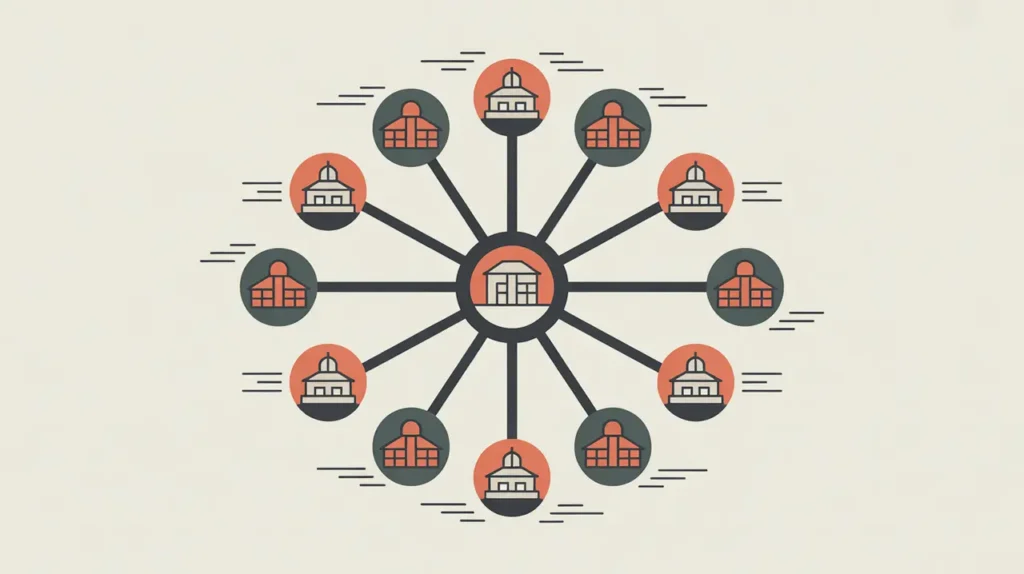Importance of Fee-for-Service
Fee-for-service is a delivery model where users pay directly for each service provided. It matters because it creates a straightforward exchange that can sustain programs without relying entirely on grants or subsidies. In development and social innovation, this model demonstrates whether people value services enough to pay for them and can generate revenue streams that support long-term viability.
Definition and Features
Fee-for-service is a model in which organizations charge clients or beneficiaries per unit of service delivered. Its defining features include:
- Direct Revenue Generation – income is tied to service use.
- User Accountability – payment signals demand and can encourage responsible use.
- Scalability Potential – services that prove valuable can expand through reinvested income.
- Market Orientation – delivery is shaped by user preferences and willingness to pay.
- Equity Considerations – risks excluding those unable to afford services.
How this Works in Practice
In practice, fee-for-service might include health clinics charging patients for consultations, vocational training programs with course fees, or agricultural extension services offering paid packages to farmers. Some organizations use sliding scales, cross-subsidization, or blended models to balance financial sustainability with inclusivity. Challenges include ensuring affordability, avoiding overuse or underuse of services, and preventing mission drift toward profit over equity.
Implications for Social Innovation
Fee-for-service delivery contributes to social innovation by testing the value proposition of services in real-world markets and reducing dependency on donor funding. For practitioners, it creates a pathway to financial sustainability and a clearer understanding of user priorities. For funders and policymakers, it highlights opportunities for cost-sharing and scaling through market mechanisms. Fee-for-service can a signal of demand and commitment, shaping services that people actively choose and sustaining innovation through shared investment.







